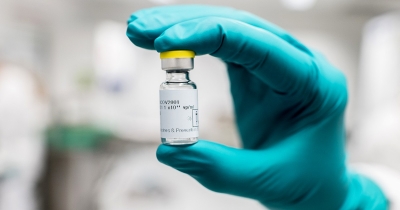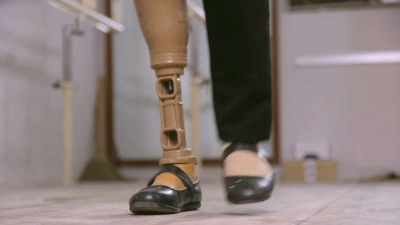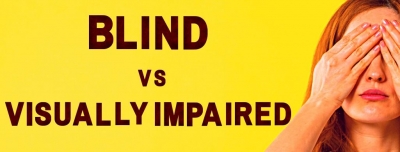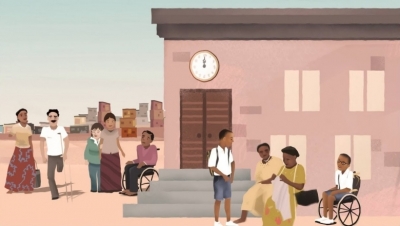COVID-19 vaccines in India: quick facts

The year 2021 has brought new developments on the vaccine front. On January 3, India approved the emergency use of two coronavirus vaccines, namely Covishield and Covaxin. When this article was taking shape, nationwide drills were being held to train more than 90,000 health care workers to administer these vaccines. The dry runs were also intended to avoid logistical loopholes during the actual vaccination drive that will cover crores of people across the country. Health Minister Harsh Vardhan said the government expected the first phase of vaccination - targeting around 30 crore people on priority - to be completed by August 2021. While preparations are in full swing, some scientists expressed concern over the rushed approval given to the indigenous vaccine, Covaxin.
Who has developed Covishield and Covaxin?
Covishield is the Indian variant of AZD1222, the vaccine developed by AstraZeneca and University of Oxford. Pune-based Serum Institute of India developed and manufactured Covishield through a licence from Astrazeneca and Oxford.
The overall efficacy of the AstraZeneca/Oxford vaccine has been found to be 70.42%. Serum Institute of India has said it would price the vaccine at Rs. 440 for the government and around Rs. 700-800 for the private market.
Covaxin has been developed by Hyderabad-based Bharat Biotech in collaboration with the Indian Council of Medical Research and the National Institute of Virology. The vaccine is yet to complete late-stage human clinical trials and its efficacy rate has not been released. The price of Covaxin has not been made public
What does "restricted use approval in an emergency situation" mean?
During an emergency such as a pandemic drug regulators may allow vaccines to be given to certain people even when the studies of safety and effectiveness are ongoing. This form of approval is called Emergency Use Authorisation. Normally, the process to approve a new vaccine can take years, sometimes more than a decade. But the COVID-19 pandemic has urged governments around the world to relax certain rules and to not only speed up the process of vaccine development, but also go ahead with emergency use.
Instead of the usual requirement of "substantial evidence of safety and effectiveness, they allow products into the market as long as their benefits are "likely" to outweigh their risks.
In the case of Covishield and Covaxin, Indian pharmaceutical regulator, the Central Drugs Standard Control Organisation (CDSCO), has imposed certain conditions on the vaccines developers. The developers have to continuously submit safety, efficacy and immunogenicity data from their ongoing trials until these are complete.
They also have to submit safety data every 15 days for the next two months, and after that monthly for the duration of their trials.
Who will get vaccinated first?
Covishield will be given in the first phase of the vaccine drive. Union Health Minister Harsh Vardhan said that Covaxin will be used only in 'clinical trial mode, where consent will be taken and side effects monitored.
The Covishield vaccine will first be given to around one crore healthcare workers in both government and private hospitals. It will also be given to two crore frontline workers associated with the state and central Police department, armed forces, home guard, disaster management and civil defence organisation, prison staff municipal workers and revenue officials engaged in COVID-19 containment, surveillance and associated activities. People above the age of 50 years and those with comorbidities are next in line to get the vaccine.
How will the vaccines be given?
Both Covishield and Covaxin are meant to be administered in two doses and stored at temperatures of 2 degrees C to 8 degrees C. While Covishield will be given between four and 12 weeks apart, the DCGI has not clarified the intervals between the shots of Covaxin. (The vaccines do not need the ultra-cold storage facilities that some others do. They can be stored in refrigerators. This makes them feasible candidates.)
The remaining population will be inoculated after the people on the priority list are covered. Once it is open to the public, beneficiaries will have to register on the COWIN app and submit ID proof for vaccination.
The Union Health Ministry has said that getting vaccinated for COVID-19 will be voluntary. However, it has 'advised' all to get vaccinated.
What is CoWIN app?
For a smooth implementation of the COVID-19 vaccination programme, the government has developed the COWIN app, which stands for Covid Vaccine Intelligence Network. Registration on the app is mandatory to receive a vaccine.
Why are some experts concerned about the vaccines' approval?
Some doctors have criticised a lack of transparency in the approval process.
The main concern is that developers of both the vaccines have not presented to the CDSCO the results of their respective phase 3 efficacy trials conducted on Indian participants, Covishield is backed by phase 3 data from studies in Brazil and the United Kingdom, The data from the "bridging study" showing its vaccine can elicit an immune response in the Indian population comparable with the original AstraZeneca vaccine has not been analysed fully. Further, out of a pool of 1,600 Indian participants, the Serum Institute submitted data pertaining to only 100 volunteers to the CDSCO's subject expert committee.
In the case of Covaxin, there is no efficacy data. While Bharat Biotech has said that phase 1 and phase 2 trials have shown good results, the drug regulator has simply said the vaccine is safe and effective. Covaxin is expected to be a "backup," to be deployed only if India faces a surge because of the new coronavirus variant that has been recently identified in the U.K.
Picture Credit : Google



